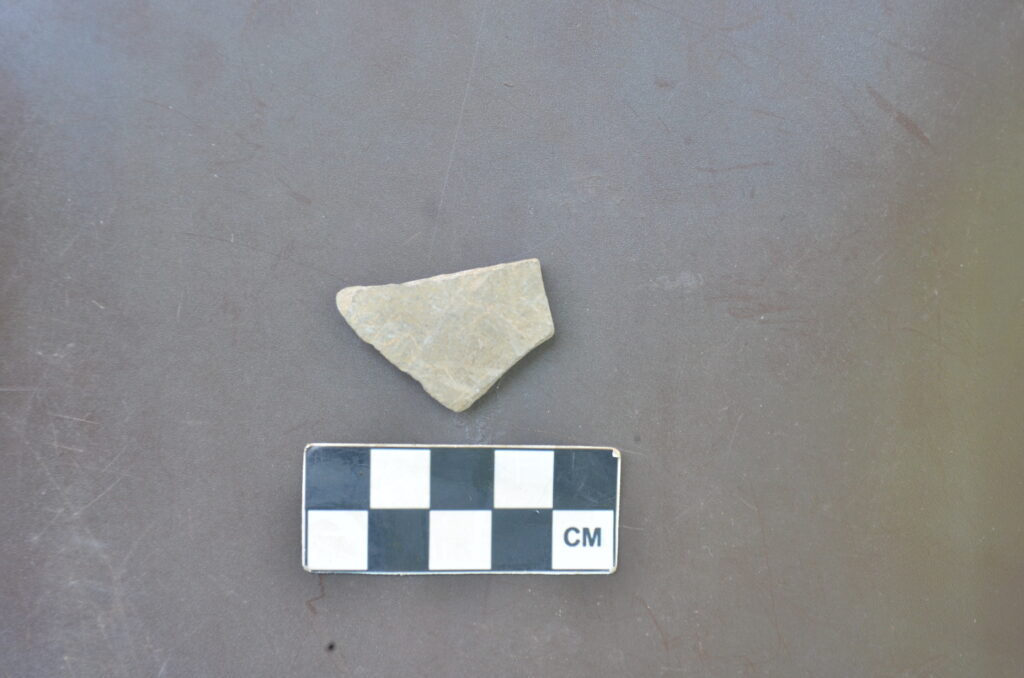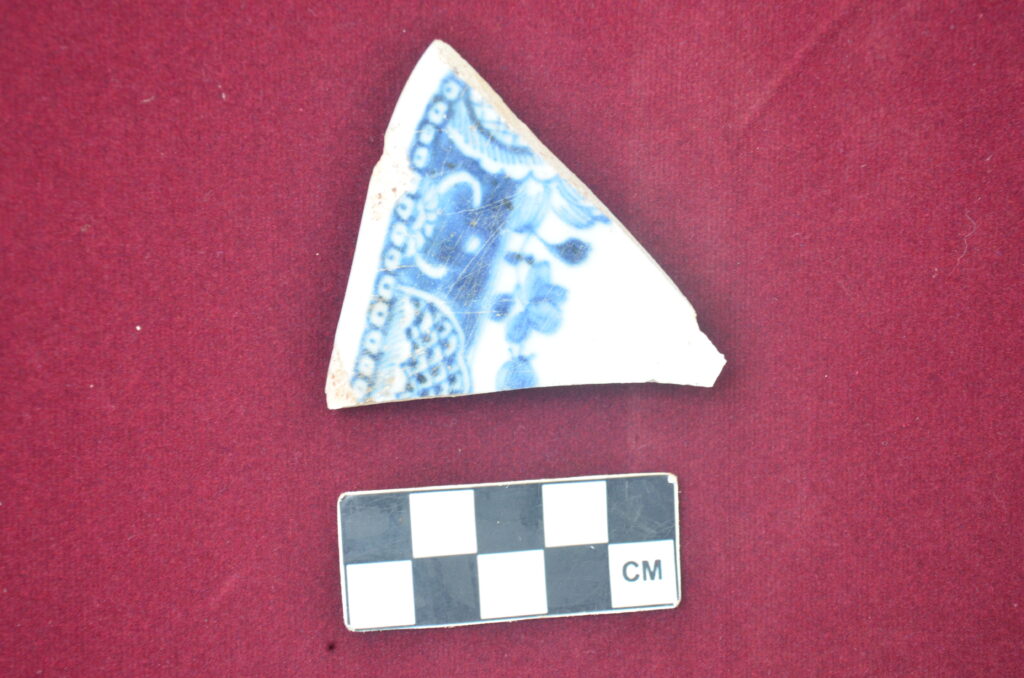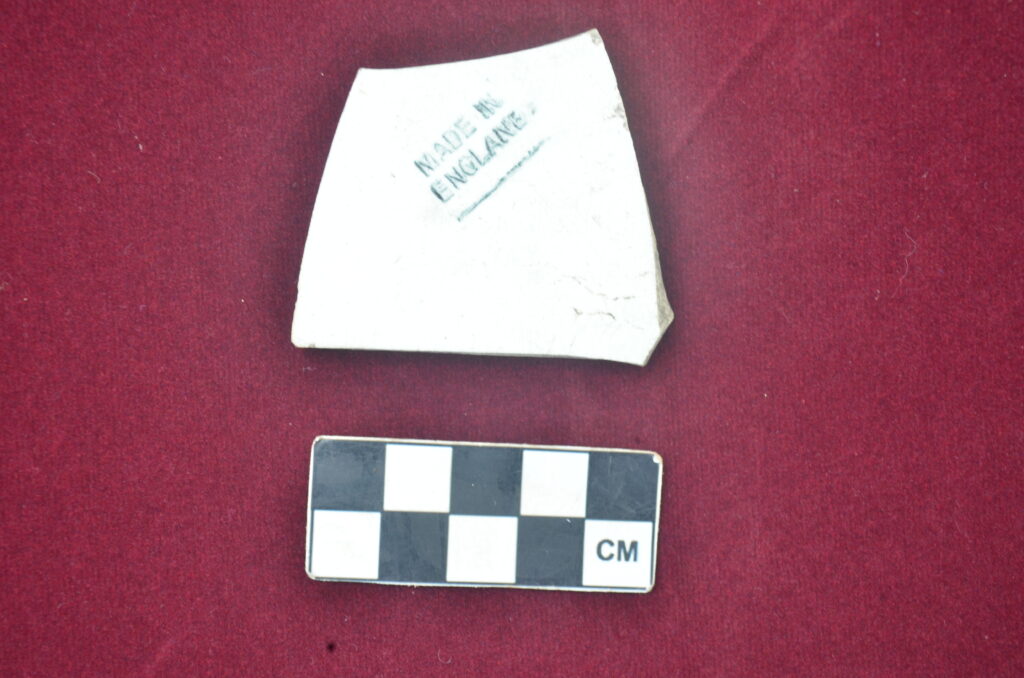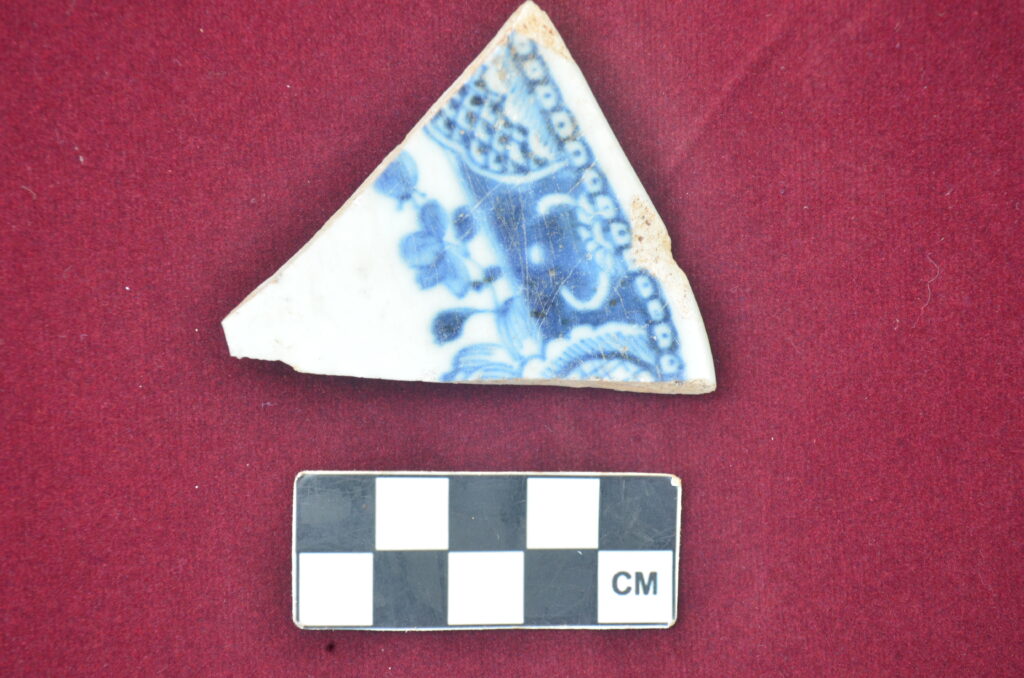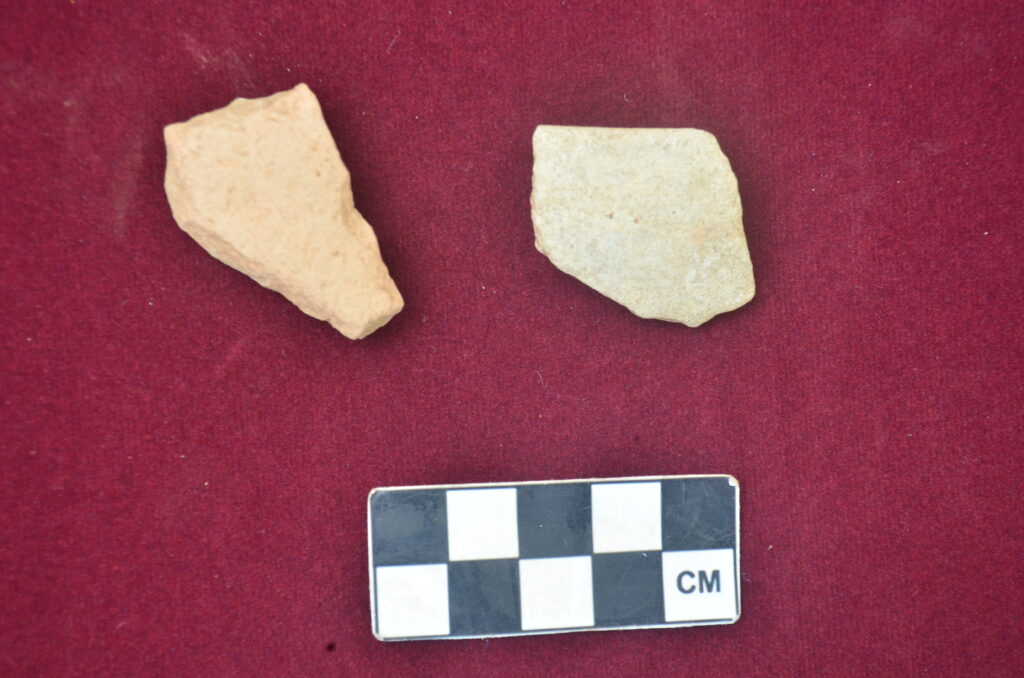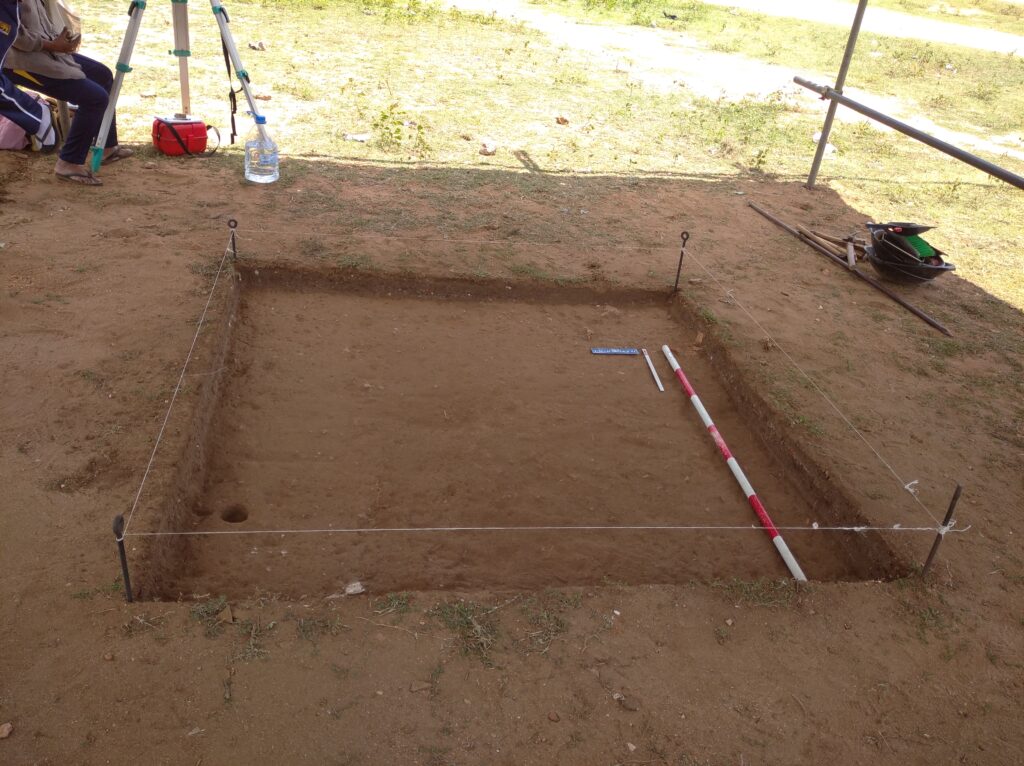Trincomalee
per person
This heritage site is located centered on the Trincomalee town in the Eastern province of Sri Lanka. It has been archaeologically confirmed that there had been human activities within the zone from pre-historic times up to the colonial era. Recent archaeological research has confirmed that pre-historic humans have lived in many natural rock caves in this flat land area. This zone could be identified as an area where significant human activities had taken place because of two natural resources in the region: the natural harbour at Trincomalee and the copper sediment near Seruvila. Archaeological and historical sources have confirmed that the copper sediment at Seruvila had been made use of from the fourth century BC up to circa twelfth century both locally and internationally. Archaeological research has found out places where digging for copper was done, copper smelting places and smelting furnaces. As there is an indented coastline in the Eastern portion of this zone, several harbours including the natural harbour that had been operative in the past have been recently identified. The Trincomalee harbour known in the past as the Gokanna Harbour is the largest natural harbour in Sri Lanka. As this harbour, which has functioned as a trade centre joining the East and the West since the past, is secured from the damage to ships from the monsoon winds as it is a hollowed area covered with hills it gathered prominence in trade activities and became a prominent harbour for the protection of the Indian ocean under the western nations. A few forts were built for the protection of the harbour and the fort built by the Dutch now known as the Fort Fredrick is an important security port in the present as it was in the past. The road network that had been operational in Sri Lanka from pre-Christian times ends at these ports in Trincomalee. Another noteworthy fact within this heritage zone is the existence of a mixed Buddhist-Hindu heritage.
As a crucial port during the colonial period, it came under the control of such western nations as Portuguese, Dutch, French and English. The Fort Fredrick bears testimony to this.
Heritage management was begun by the Central Cultural Fund in 2016 centred on the Fort Frederick. A main aim of the Project is protect the archaeological heritage of the region which was subject to a civil war and make provision for the public to view them.
Similarly, under this heritage management a program is also in hand to protect both Buddhist and Hindu heritage.
The Most Attractive Places in Trincomalee
Fort Frederick

This fort provided security to the entrance of Trincomalee harbour well-known as a natural harbour and security to the ancient port known as the ‘Dutch Bay’ and ‘Back Bay.’ Portuguese built a fort in this spot in 1624, which they named as the ‘Eliza Fort’ of the Pagoda Hill. Until it was taken over by the Dutch in 1639, the Portuguese had used it for military and commercial purposes.
The Kandyan king Rajasinghe II sought the assistance of the Dutch to chase out the Portuguese and with the capture of Trincomalee Fort by the Dutch they kept the Fort under them. Within the period up to 1795, the Dutch built from time to time the Fort with very wide walls and with bastions and buildings within it needed for administrative and other purposes. The port is well equipped with bastions with defence modes to face any attack from the land or the sea.
At the end of the Dutch rule (after 1782) the French captured the Fort from time to time and made various changes to the Fort.
The British who routed Dutch rule took over the management of the Fort under an agreement and named it Fort Frederick. The British made changes to the rampart and bastions according to their needs and built many buildings during the period. Particularly, during the Second World War modern weapons were installed in the bastions and several artillery pieces were set up in several places under the British Royal Army. The Fort was used for administrative as well as military purposes of the English until 1948.
Archaeological Excavations in 2022
A series of archaeological excavations were conducted from the 1st of September, 2022, by the Central Cultural Fund and the Postgraduate Institute of Archaeology to study the area used as the old port in the area of Machaiser ground in front of the Trincomalee Fort.
During this excavation and surface survey activities, many local and foreign ancient pottery, beads and other archeological remains were found. It was possible to uncover information about the past human activities that took place in the area from the early days of Anuradhapura to the colonial period.
Good to Know
| Province | Eastern |
|
|
|
| District | Trincomalee |
|
|
|
| Police Station | Trincomalee |
|
|
|
| Hospital | Trincomalee |
|
|
|
| Contact Number | +94 262 220 039 |





